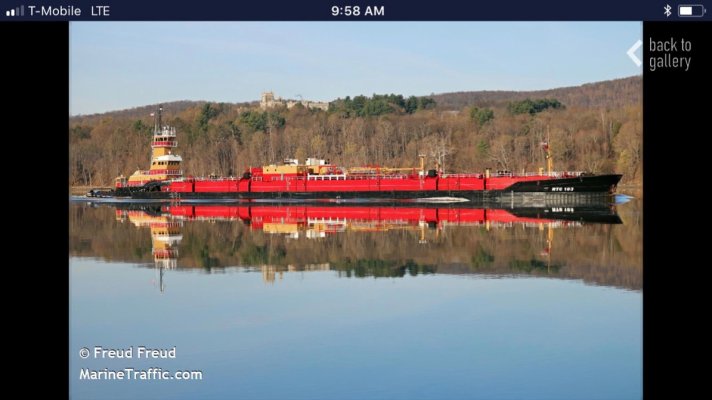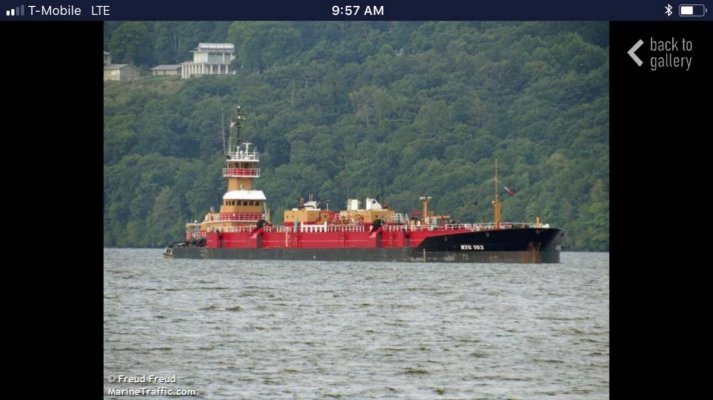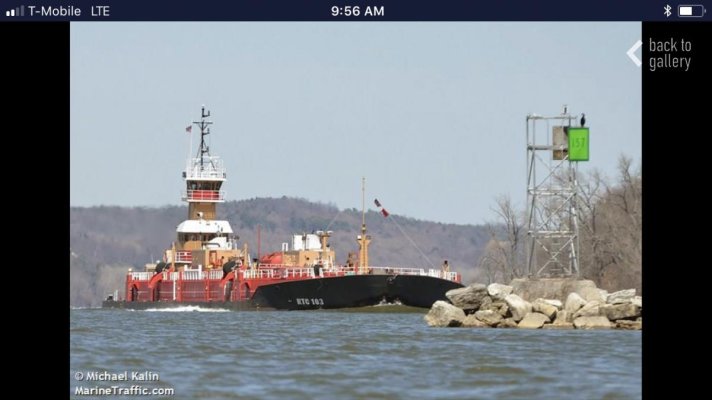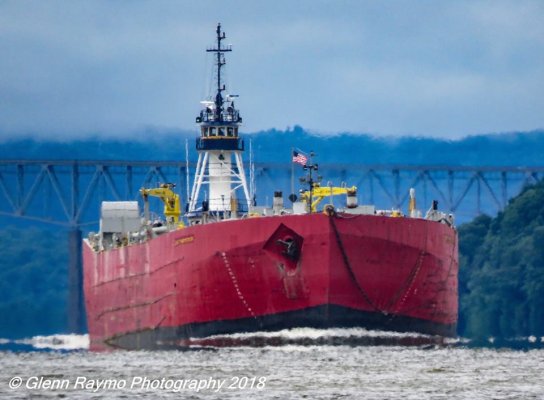cappy208
Guru
 Although this didn’t happen to me, I have had such close encounters. Overtaking in a narrow channel, When at last minute the little guy goes from the port side across my bow to the stbd side. Note the bridge abutment. This was Sunday the 3rd. Poughkeepsie mid Hudson bridge.
Although this didn’t happen to me, I have had such close encounters. Overtaking in a narrow channel, When at last minute the little guy goes from the port side across my bow to the stbd side. Note the bridge abutment. This was Sunday the 3rd. Poughkeepsie mid Hudson bridge. If you think this is OK, Zoom in to really see what the issue is.
Last edited:







